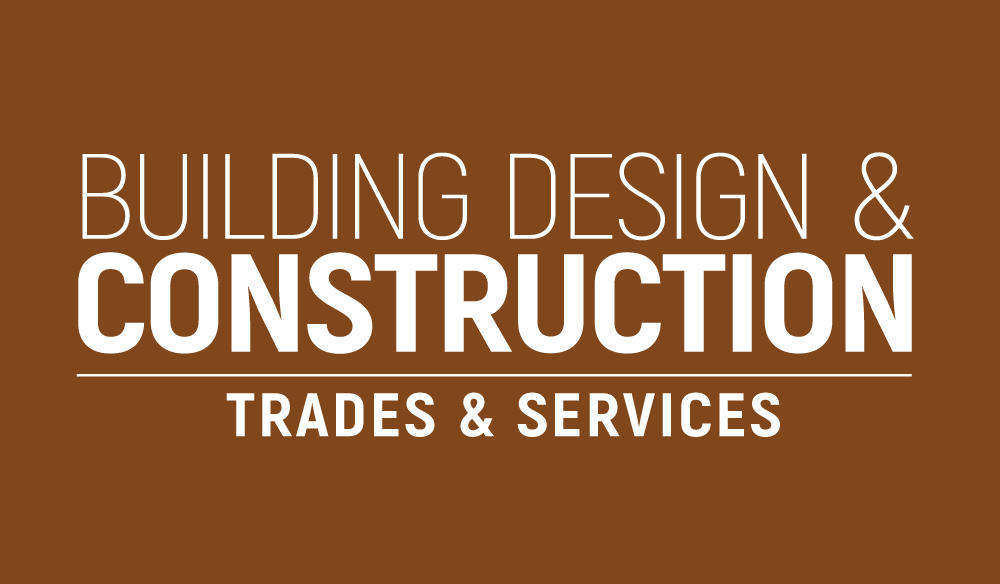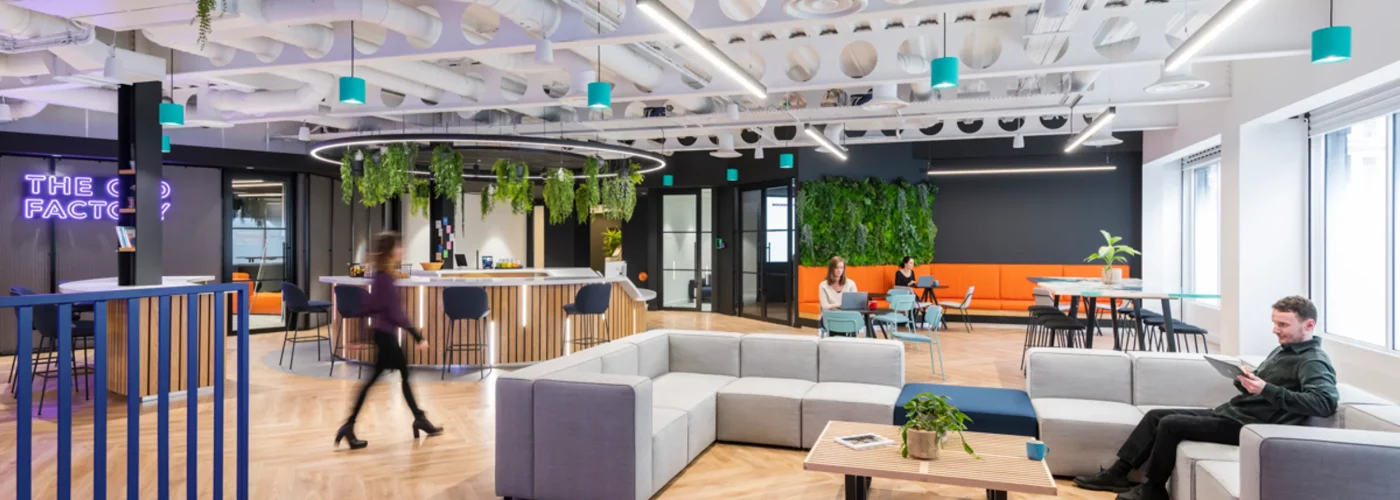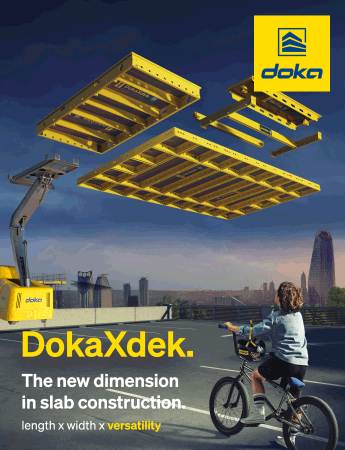The British Council for Offices (BCO) has released the third edition of its Guide to Fit-Out, offering fresh insights and best practice recommendations for office design in an era shaped by hybrid working and the transition to net zero.
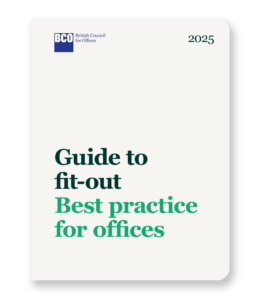
This is the first update to the Guide since 2011 and brings together expertise from over 100 industry professionals. It provides occupiers and built environment specialists with essential guidance on creating modern, flexible, and sustainable workspaces that enhance employee well-being while integrating smart technology and AI.
Covering every stage of the fit-out process—from material selection and procurement to long-term management—the Guide is designed to be used alongside the BCO’s Guide to Specification, which helps define best-in-class workplaces.
Key Focus Areas in the Latest Edition:
- Hybrid Working – Designing flexible spaces that adapt to different workstyles.
- People-Centric Design – Creating environments that enhance well-being and productivity.
- Smart Technology & AI – Embedding intelligent systems to optimise office management.
- Sustainability & Net Zero – Reducing lifecycle carbon through circular design principles.
- Health & Well-being – Incorporating natural elements, active workspaces, and quiet zones.
This latest edition includes standalone sections on fire safety, acoustics, vertical transportation, and structural engineering—reflecting the increasing demand for offices that offer greater flexibility, adaptability, and connectivity.
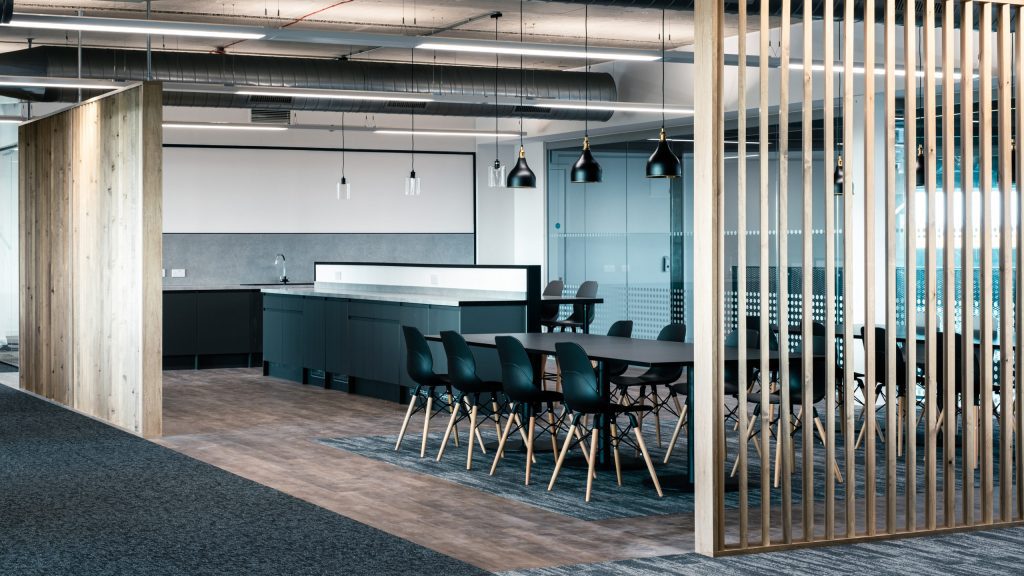
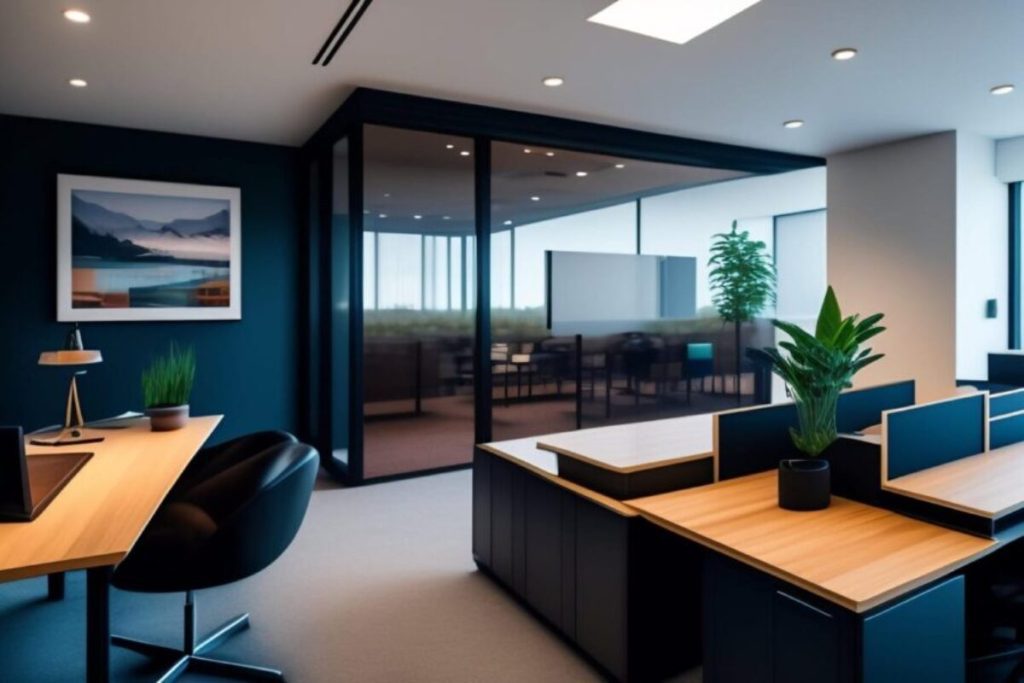
Offices Designed for the Future
The Guide highlights a growing shift towards multi-use spaces, where traditional desk areas make way for collaborative and social zones. It also provides a checklist of design interventions that enhance occupier well-being, from biophilic elements and active workspaces to stress-reducing art and wellness facilities.
Smart technology plays a crucial role throughout, with recommendations on how AI and automation can improve security, energy efficiency, and space management. The Guide also emphasises the importance of clear sustainability goals, encouraging businesses to set key performance indicators (KPIs) for reducing carbon impact.
A major focus is the adoption of circular economy principles, where outgoing and incoming tenants collaborate with landlords to minimise waste and maximise reuse of fit-out materials. The Guide also advocates for material passport systems, improving traceability and reuse of building components.
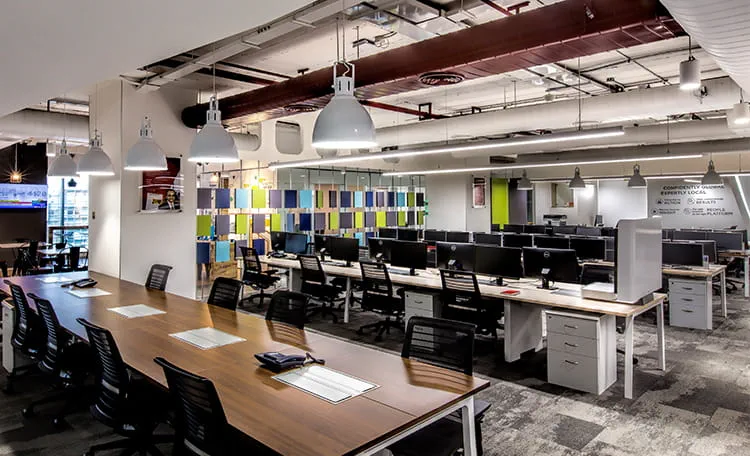
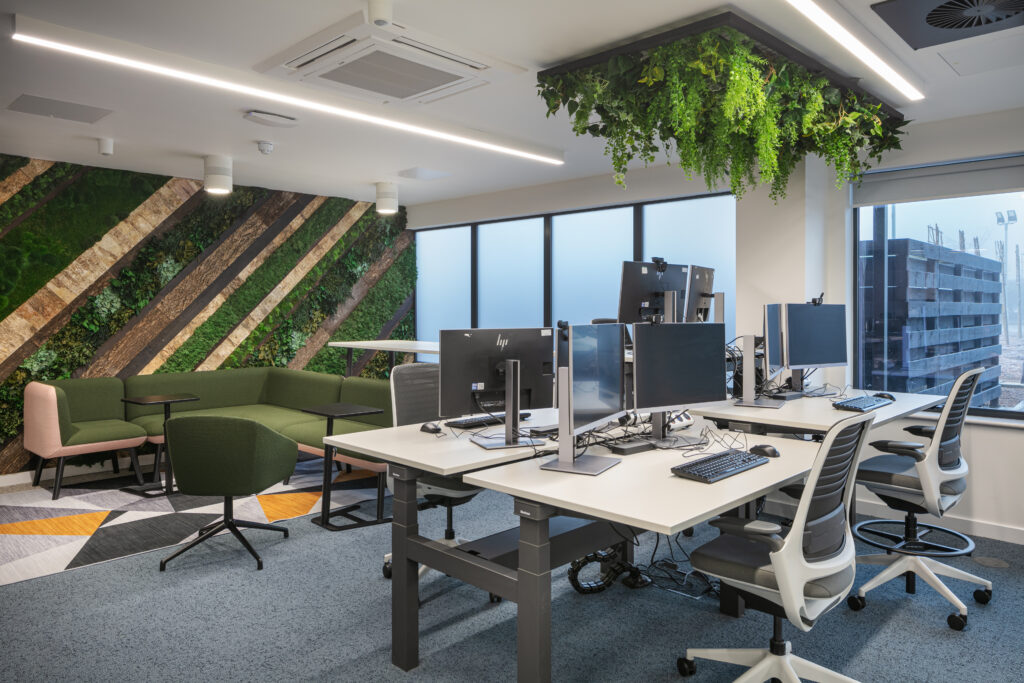
Insights from Industry Leaders
Neil Pennell, Head of Design Innovation and Property Solutions at Landsec, said:
“The new edition reflects how office use has evolved over the past decade. People want workplaces that offer valuable experiences beyond a traditional desk setup. Sustainability is now a key business priority, and our guidance on circularity principles shows how multiple stakeholders can help reduce waste in the fit-out process.”
Peter Williams, Senior Technical Advisor at Stanhope, added:
“The Guide is ultimately about helping businesses attract and retain the best talent. The pandemic accelerated a shift in office design, and now workspaces must work harder to differentiate themselves. By prioritising sustainability, flexibility, and technology, businesses can create office environments that foster creativity and collaboration.”
Richard Kauntze, Chief Executive at the BCO, commented:
“The Guide to Fit-Out is a practical resource for today’s rapidly changing workplace landscape. Health, well-being, and sustainability are no longer optional—they are essential. This edition encapsulates the latest industry trends and is a must-read for anyone involved in office design and fit-out.”
The new edition features case studies from award-winning projects and links to an extensive online library that will be regularly updated.
Building, Design & Construction Magazine | The Choice of Industry Professionals
